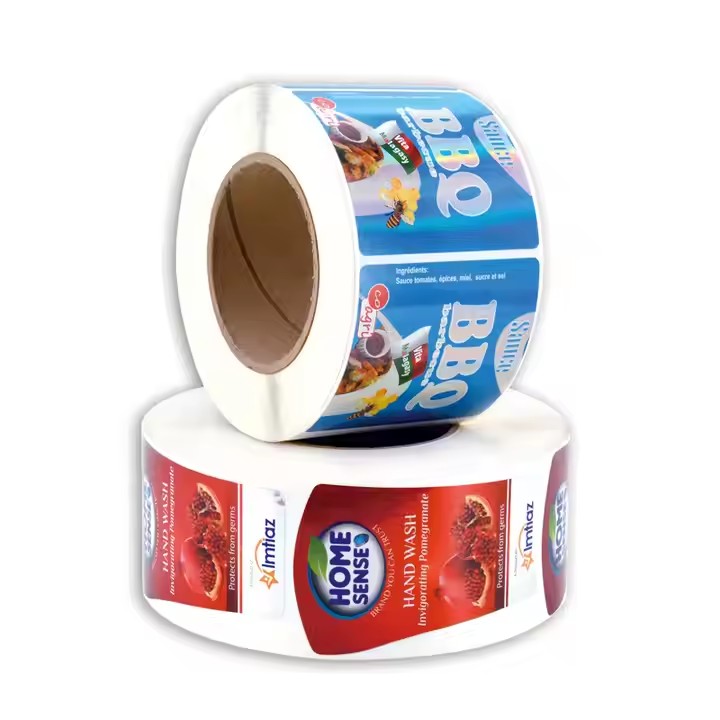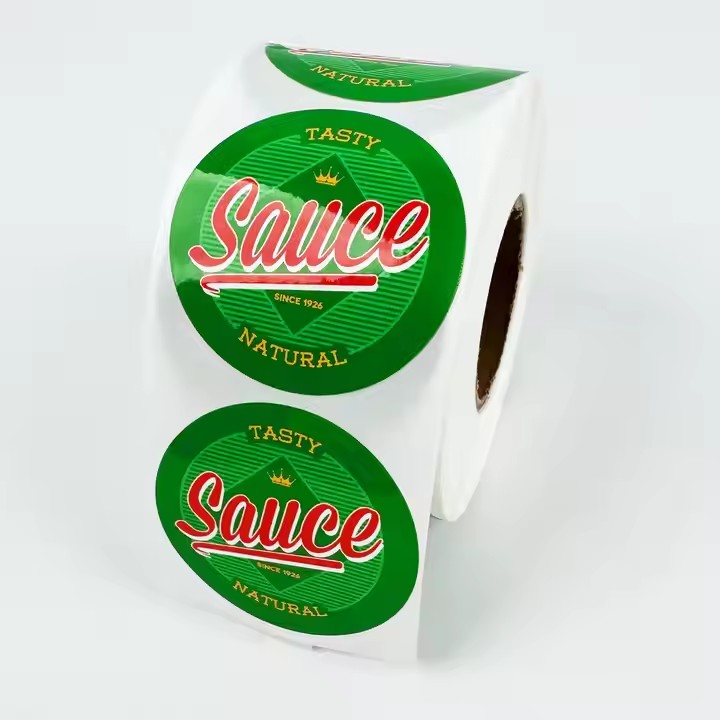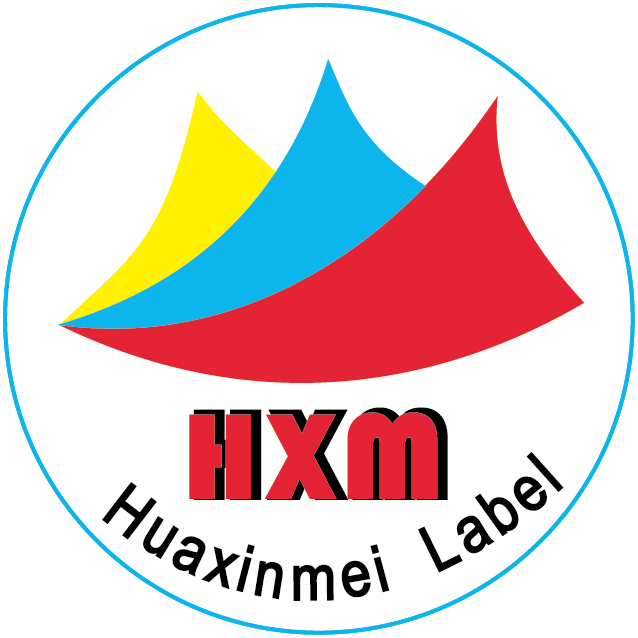Design Aspect
Color Matching: Select bright and strongly contrasting color combinations to attract attention and convey specific emotions or information. For example, food labels can use colors like red and orange that stimulate appetite; environmental product labels can adopt green tones. At the same time, ensure the readability of colors and avoid using overly similar colors that make text difficult to recognize. When choosing colors, use vivid colors that match the tone of the product. For example, for cosmetics, which mainly target female consumers, choose bright colors such as pink, red, yellow, and orange. These colors are lively and suitable for the young female user group.
Font Design: Use unique, clear, and easy-to-read fonts. For important information, highlight it by bolding, enlarging the font size, or using special fonts. Avoid using overly complex or hard-to-read fonts to prevent affecting information transmission. You can also creatively deform or design the font according to the theme and style of the label, but make sure it does not affect readability. For example, if the product is a toy, use a relatively round and thick font to highlight cuteness and fun.

Graphic Elements: Add graphics, icons, or illustrations related to the product or brand to make the label more visually interesting. For example, beautiful flowers and elegant female images can be drawn on cosmetic labels; cute cartoon characters can be used on children’s product labels. Graphics should be simple and clear to avoid confusion. Try to design simple and easy-to-remember graphics, because simple patterns are more likely to be remembered scientifically.
Layout: Use a reasonable layout to make the information on the label hierarchical and easy to read. Important information should be placed in a prominent position, such as the upper or central area of the label. Grouping, alignment, and blank space can be used to create a neat and comfortable visual effect. For labels with a lot of content, different font sizes, colors, or lines can be used to distinguish different information sections.

Material and Process Aspect
Material Selection: Choose the appropriate material according to the usage scenario and product positioning of the label. For example, high-end products can use textured paper, silk, or leather materials to increase the luxury of the label; outdoor product labels can choose waterproof and wear-resistant plastic or metal materials.
Special Process: Use special printing and production processes such as gold stamping, silver stamping, UV printing, embossing, and die-cutting to add unique visual effects and tactile sensations to the label. Gold stamping and silver stamping can make the text or patterns on the label more eye-catching and noble; UV printing can increase the saturation and gloss of colors; embossing can produce a three-dimensional tactile sensation, attracting users to touch and pay attention.
Creativity and Personalization Aspect
Theme Design: Design a unique themed label around the characteristics of the product, brand image, or specific marketing activities. For example, during Valentine’s Day, launch a label with a love theme and use elements such as hearts and roses for design; design limited edition labels for a certain festival or event to create a sense of scarcity and uniqueness and attract consumers’ purchase desire.

Interactive Elements: Add some interactive elements, such as QR codes, scratch cards, and AR technology, to make the label interact with consumers. The QR code can guide consumers to obtain more product information, participate in online activities, or receive coupons; the scratch card can set some small prizes or preferential information to increase consumers’ participation and fun; AR technology can present virtual animations, videos, or 3D effects to consumers by scanning the label, bringing a new visual experience.
Information Conveyance Aspect
Simplicity and Clarity: Avoid piling up too much information on the label and concisely convey the key content, such as product name, brand logo, main features, instructions for use, and ingredients. Enable consumers to quickly obtain important information in a short time and avoid visual fatigue caused by information overload.
Highlighting Selling Points: Display the core selling points or unique advantages of the product on the label in a prominent way, such as using a larger font size, special colors, or graphics for emphasis. Let consumers see the value of the product at a glance, thereby increasing the attractiveness of the product.

